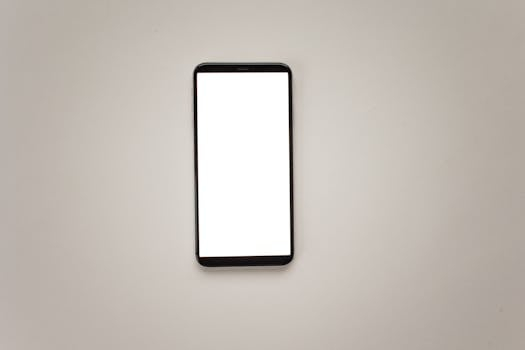Foldable Screens Are Reshaping Device Design
>
In recent years, foldable screens have emerged as a fresh and innovative trend in the world of technology. With smartphones, tablets, and even laptops now incorporating foldable screens into their designs, it’s clear that this technology is here to stay. But what exactly is a foldable screen, and how is it reshaping the design of our devices? In this article, we will delve into the world of foldable screens and explore how they are changing the way we interact with our devices.
What are Foldable Screens?
A foldable screen, also known as a flexible display, is a type of display technology that can be folded, bent, or rolled without breaking. This is made possible through the use of new materials and innovative production techniques. Traditional displays, which are made of glass, are unable to bend or fold, making them rigid and inflexible. However, with the introduction of materials such as plastic and OLED (organic light-emitting diode), it is now possible to create screens that can be folded numerous times without compromising their functionality or durability.
The Rise of Foldable Screens
The concept of foldable screens has been around for a while, but it wasn’t until recently that it became a reality. In 2013, Samsung wowed the world with its prototype of a foldable phone, but it was deemed too futuristic at the time. Fast forward to 2019, and we see Samsung, along with other major players such as Huawei and Motorola, releasing foldable screen devices to the market.
So why the sudden rise in popularity? One major factor is the demand for bigger and more immersive screens. With foldable screens, users can have the best of both worlds – a large display for watching videos, playing games, and browsing the internet, as well as the convenience of a compact device that can easily fit into their pocket. Foldable screens also offer the advantage of multitasking, as certain devices allow for the screen to be split into two or three sections, making it easier to utilize multiple apps simultaneously.
The Impact on Device Design
The introduction of foldable screens has had a significant impact on the design of our devices. With traditional screens being flat and rigid, device manufacturers were limited in terms of design possibilities. However, with the incorporation of foldable screens, we are now seeing unique and innovative designs that were previously unimaginable.
Smartphones, in particular, have undergone a major transformation with the introduction of foldable screens. These devices can now be folded in half, giving them a clamshell-like design that harks back to flip-phones of the past. This design not only makes the device more compact and easier to carry, but it also provides added protection for the screen when not in use. Foldable screens have also allowed for a larger display without increasing the overall size of the device, making it easier for users to consume content on their smartphones.
In addition to smartphones, foldable screens have also made their way into the tablet and laptop market. The ability to have a larger screen without sacrificing portability has made foldable screens a favorite among tablet users. And with laptops, we are seeing devices that can switch between a traditional laptop mode and a tablet mode, giving users the best of both worlds.
The Future of Foldable Screens
With foldable screens being a relatively new technology, there is still much room for growth and improvement. As manufacturers continue to experiment with different designs and materials, we can expect to see even more innovative devices in the future.
One area that is still being explored is the durability of foldable screens. While they have been shown to withstand numerous folds without any damage, concerns still remain about their long-term reliability. Another aspect that is being worked on is the cost of foldable screen devices. As with any new technology, the initial cost is high, making it inaccessible to many consumers. However, as production techniques improve and more manufacturers enter the market, we can expect to see the prices of foldable screen devices become more affordable.
Conclusion
Foldable screens have brought about a new era of design and functionality for our devices. No longer limited by rigid screens, manufacturers now have the capability to create unique and versatile devices that cater to the needs and preferences of consumers. With their increasing popularity and constant advancements, it’s safe to say that foldable screens are reshaping the way we interact with our devices, and we can only expect to see more exciting developments in the future.










